The southern Russian republic of Dagestan, located in the North Caucasus region, has been plagued by extremist violence in recent years. This past weekend saw a fresh wave of violence, with gunmen in the regional capital of Makhachkala and the city of Derbent opening fire on Orthodox churches, two synagogues and a police station, killing at least 20 people before being shot dead.
The massive and coordinated attack raises difficult questions for Russian authorities about security lapses, especially after a terrorist attack at a Moscow concert hall in March that killed 145 people. The Islamic State group claimed responsibility.
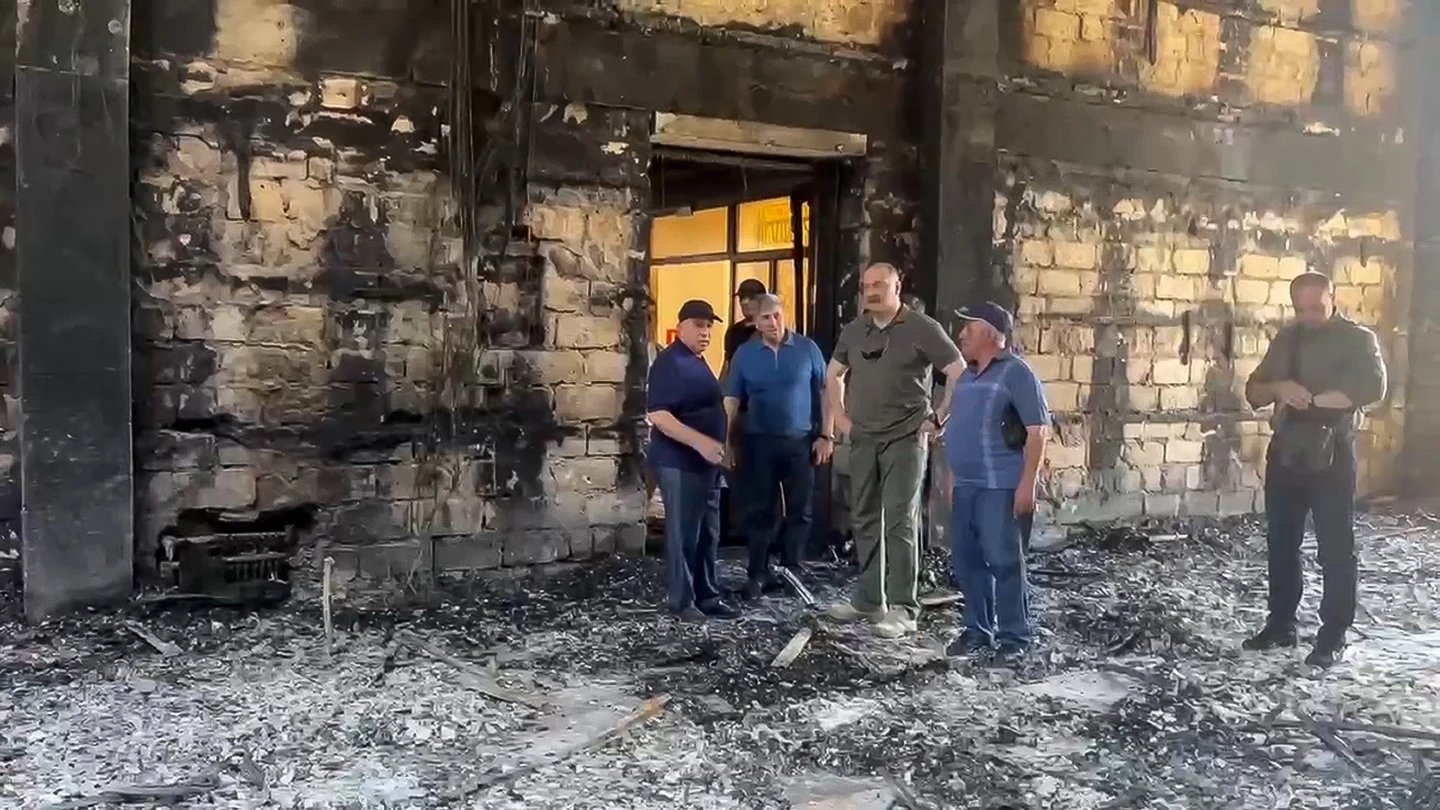
Head of the Republic of Dagestan Sergey Melikov visits the Kele-Numaz synagogue in Derbent after the attack. Photo: Telegram/Sergey Melikov
Where is Dagestan?
Dagestan, located in the North Caucasus, between Chechnya and the Caspian Sea, is known as one of Russia's most diverse yet volatile regions. The region has more than 30 recognized ethnic groups and 13 local languages that have been given special status alongside Russian.
Dagestan has seen a population boom in recent years, reaching 3.2 million by 2024. According to Russian government statistics, about 95% of the population identifies as Muslim, but the region also has long-standing Christian and Jewish communities, the latter dating back to the 5th century.
History of violence
Dagestan has been ravaged by violence since the early 2000s, when rebels fighting separatist wars in neighboring Chechnya were pushed into the region under pressure from Russian security forces and Chechen leader Ramzan Kadyrov.
More than a decade ago, Dagestan was plagued by bombings, attacks on police and kidnappings, all carried out by extremists.
Political and security analyst Harold Chambers said the COVID-19 pandemic and the Russia-Ukraine conflict have led to a decrease in violence in Dagestan. However, the region remains unstable.
Activists in Russia say the number of Dagestani serving on the front lines in Ukraine is disproportionate to other regions. In October 2022, videos went viral showing protests in Dagestan over the fact that its population was serving in the war in Ukraine more than in other parts of Russia.
Last October, riots at Makhachkala airport targeted a flight from Israel, showing that the level of extremism remains high. Hundreds of men, some carrying banners with anti-Semitic slogans, rushed onto the tarmac, chasing passengers and throwing stones at police. More than 20 people were injured, none of them Israelis.
What happened in Dagestan?
The attacks took place on the evening of June 23 in the city of Derbent and the regional capital Makhachkala. The Russian Interior Ministry said a group of armed men attacked a synagogue and an Orthodox church in Derbent.
The attackers opened fire and set fire to the building with petrol bombs less than an hour before evening prayers. Many of the victims were security guards and police officers who had stepped up security after an incident at Makhachkala airport involving a flight from Israel.
At the church, attackers slit the throat of Father Nikolai Kotelnikov, a 66-year-old Russian Orthodox priest, before setting the church on fire, according to Shamil Khadulayev, deputy head of the local public supervision agency. The attack occurred on the day Orthodox believers celebrate Pentecost, also known as Trinity Sunday.
Almost simultaneously, reports emerged of an attack on a church, synagogue and traffic police station in Makhachkala, about 120 km (75 miles) to the north. Russia's Anti-Terrorism Committee said at least five gunmen were killed.
Why did the incident happen at this time?
Analyst Chambers said there were a number of factors that contributed to the unrest in Dagestan, including pro-Ukrainian sentiment. He also said “a long-standing trend of youth radicalisation contributed to what we saw in Makhachkala and Derbent”.
So far, the self-proclaimed Islamic State (IS) has claimed responsibility for a series of attacks.
Al Azaim Media, a Russian-language channel affiliated with the Islamic State in Khorasan province, posted on the evening of June 23 after the gunfights were easing that they had been waiting for this moment for a long time and that: "Our brothers from the Caucasus tell us that they are still strong. They have shown their capabilities."
Dagestan Governor Sergei Melikov said in a video statement that the attackers aimed to "spread panic and fear" and tried to link the attack to Moscow's military operations in Ukraine, but he also provided no evidence.
Despite these local links, some Russian politicians have sought to criticize NATO and Ukraine. Local lawmaker Abdulkarim Gadzhiev blamed “special services of Ukraine and NATO countries.” Kiev has vehemently denied any involvement.
In Moscow, the head of the Russian State Duma's foreign affairs committee, Leonid Slutsky, blamed "external forces" for trying to divide Russians and "sow panic".
How do authorities react?
Analyst Mark Youngman said Dagestan's history of violence meant the region had a heavy security presence. However, the response to the attacks has been slow, with different state agencies giving conflicting reports as things unfolded.
“From a security perspective, it is worrying because of the high number of security personnel casualties,” Youngman said, noting that Russian authorities reported at least 15 security personnel among the dead.
Russian state news agency TASS, citing law enforcement sources, said a Dagestan official had been detained over his son's alleged involvement in the attack.
Meanwhile, concerns remain that Russia’s sprawling security apparatus has not learned the lessons of the attack on Moscow’s Crocus City Hall. Chambers said the authorities were “caught off guard” by the June 23 attack.
He said there was no evidence that "Russia's broader counter-terrorism strategy changed after the Crocus City Hall attack".
Ngoc Anh (according to AP)
Source: https://www.congluan.vn/nhung-dau-hoi-phia-sau-vu-khung-bo-tai-cong-hoa-dagestan-thuoc-nga-post300647.html





![[Photo] Binh Trieu 1 Bridge has been completed, raised by 1.1m, and will open to traffic at the end of November.](https://vphoto.vietnam.vn/thumb/1200x675/vietnam/resource/IMAGE/2025/10/2/a6549e2a3b5848a1ba76a1ded6141fae)




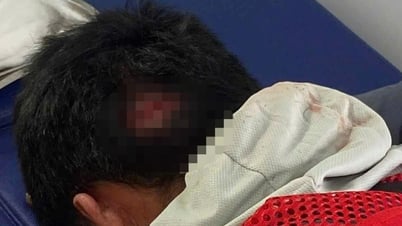


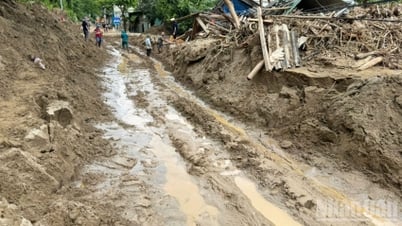

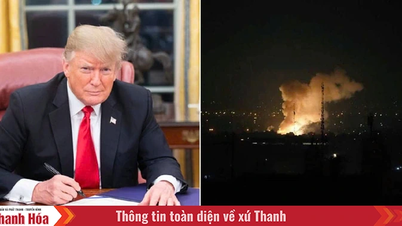

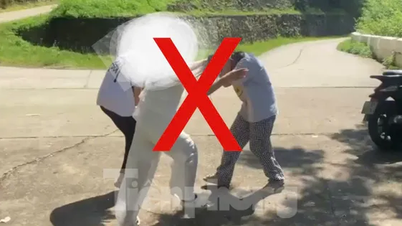





















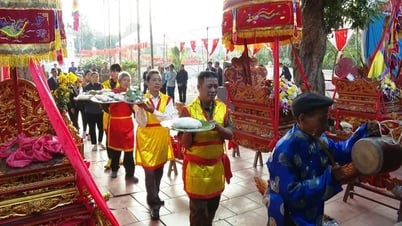



















































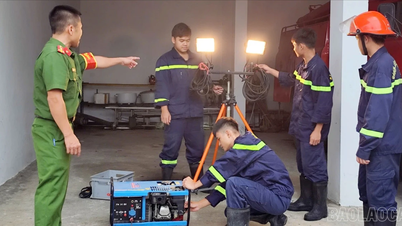

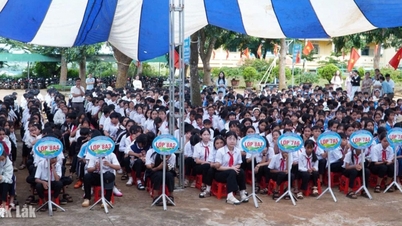












Comment (0)